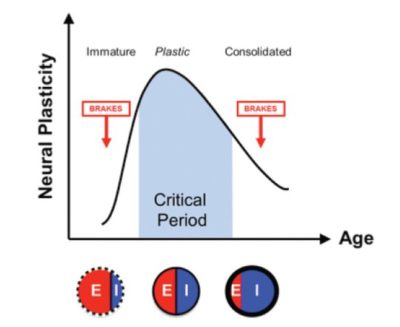 Amblyopia, often called ‘lazy eye’, is a reduction of visual acuity occurring despite a normal structural eye. Risk factors include deprivation that may be caused by congenital cataract or ptosis (drooping upper eyelid), anisometropia (asymmetric refractive error between the two eyes), or strabismus (misaligned eyes). Failure to diagnose and effectively treat the condition can lead to permanent visual deficits. The cost of amblyopia is enormous; in addition to visual deficits, patients with amblyopia have double the lifetime risk of total blindness, with the consequent limitations on career choices and challenges to independence.
Amblyopia, often called ‘lazy eye’, is a reduction of visual acuity occurring despite a normal structural eye. Risk factors include deprivation that may be caused by congenital cataract or ptosis (drooping upper eyelid), anisometropia (asymmetric refractive error between the two eyes), or strabismus (misaligned eyes). Failure to diagnose and effectively treat the condition can lead to permanent visual deficits. The cost of amblyopia is enormous; in addition to visual deficits, patients with amblyopia have double the lifetime risk of total blindness, with the consequent limitations on career choices and challenges to independence.
The Lasker/IRRF Initiative examined the significant scientific challenges confronting investigators working on amblyopia and developed a number of proposals to accelerate the discovery of new insights and innovative approaches to better diagnose, treat, and even prevent amblyopia using multidisciplinary scientific, technological and engineering approaches.
